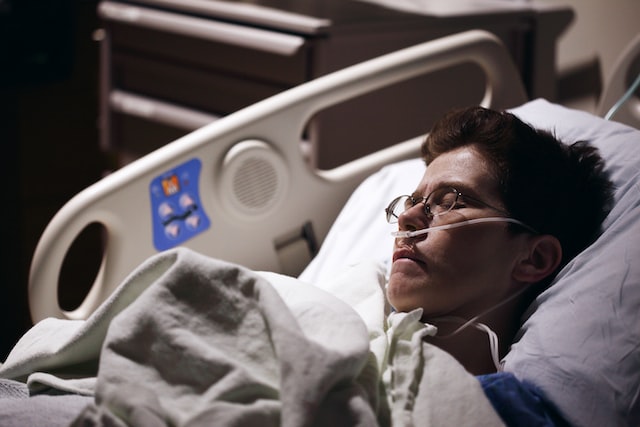Recovering from pain in the ACL recovery
In severe injuries, especially those complicated by other chronic joint pathologies (e.g., arthritis, arthrosis, bursitis), the rehabilitation of damage to the knee menisci is accompanied by long recovery courses and ACL recovery which require an integrated approach.
After ACL reconstruction surgery :
When developing a program for a patient after a meniscal injury, one should consider the patient’s age, lifestyle, and the purpose of rehabilitation (return to big-time sports or amateur sports).
The body, whether it is an injury or surgery, reacts to injury or surgery similarly – swelling, muscle spasms, and pain. Due to prolonged immobilization, atrophy of the thigh muscles occurs. To lose muscle volume, experience shows that one to two weeks of inactivity is enough.
At the same time, our joints’ state depends on our muscles’ state.
Why? Because when walking or running, the muscles take on most of the load, while in the absence of well-developed muscles, the entire load falls on the articular surfaces of the knee joint, which causes swelling, pain, stiffness, etc. Based on the above, goals can be identified passive (and then active) stage of rehabilitation after damage to different parts of the meniscus.
Next STAGE OF REHABILITATION
Since after surgery on the knee joint for resection of the ACL reconstruction, it is possible to step on the leg and give full support from the first day, the passive stage of rehabilitation is short.
Goals:
- Remove swelling by physiotherapy, compresses, cold and kinesio taping. The term is approximately 5-10 days.
- Relieve pain (reducing swelling and spasms results in less pain)
- Regain control of the thigh muscles, and achieve a confident gait.
- Improve passive range of motion in the joint.
- The general goal of the passive stage can be called the preparation of the joints and muscles for further rehabilitation in the gym.
STAGE I OF ACTIVE REHABILITATION
At this stage, ACL reconstruction surgery guides that all exercises should be performed in a gentle mode with a gradual increase in amplitude and load. Exercises are given in the prone, sitting, and standing positions.
Goals and objectives of stage I:
- Return control over the thigh muscles of the operated leg through strength and coordination exercises (proprioception).
- To promote the development of muscle strength and endurance to static loads, especially the inner head of the quadriceps femoris and the posterior thigh and lower leg muscles, which restore knee joint functions.
- Help achieve full knee extension through flexibility exercises.
- Reach an angle of flexion in the knee joint from 90? and less by performing strength and flexibility exercises and stretching, as well as various massage techniques, which include mobilization of soft tissues around the knee joint, patella, etc.
- Formation of the correct gait is possible only upon reaching the above goals.
Upon reaching the goals and objectives of STAGE I, we move on to STAGE II of the active phase of rehabilitation.
II STAGE OF ACTIVE REHABILITATION
Timeframe: 4-8 weeks after ACL recovery surgery.
At this stage, we suggest performing more complex exercises mainly while standing and are closest to such a natural movement as walking. We also include power simulators for straightening and bending the legs in the static-dynamic mode and inertial exercises on the trampoline.
Goals and objectives of stage II:
- To further develop the strength, power, and endurance of the thigh and calf muscles without pain by performing more complex strength and coordination exercises.
- Reach an angle of flexion in the knee joint of less than 60.
- To help improve the proprioceptive sensitivity of the knee joint by performing balance exercises on a barefoot or trampoline.
- Prepare muscles for running by performing lead-up exercises (various barefoot lunges, etc.).
- Promote a gradual return to functional activities characteristic of a particular sport.
- Achieve proper running performance.
- Achieve the muscle volume of the operated leg equal to the muscle volume of the healthy one. The difference in volumes can be no more than 20%.
- To form the correct motor stereotype of landing after jumps by performing plyometric exercises with and without interference.
Important:
Stato-dynamic training is performed twice a week, one training is tonic in nature, and the second is developing. After a few weeks, with a positive leg test result, we start running and jumping exercises. A running and jumping program’s goal is to prevent the injury’s reoccurring.
Quite often, a re-injury occurs due to the inability to land correctly after a jump. An incorrect motor stereotype in running can also lead to swelling and pain in the knee joint. Our rehabilitation specialist will tell you how to properly alternate strength and running training and how to quickly return to your normal life in your particular case.

